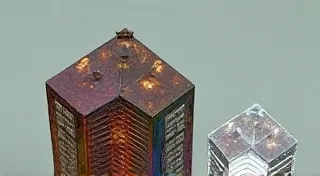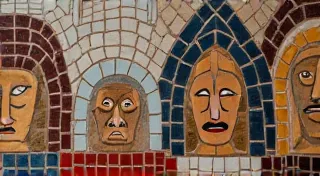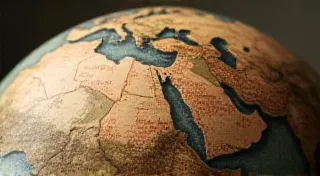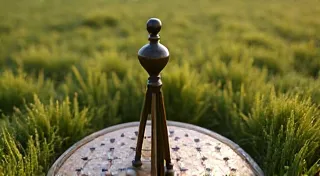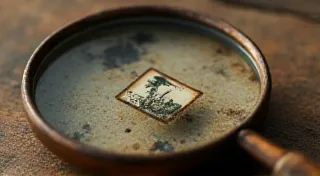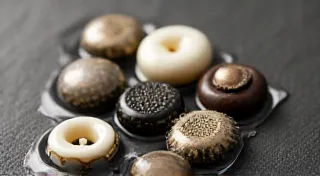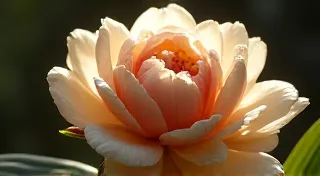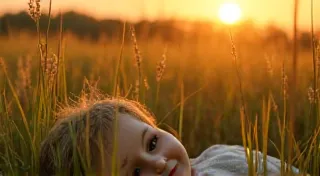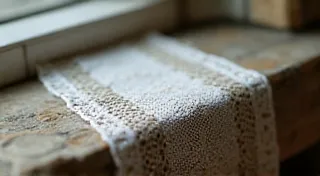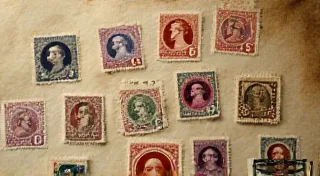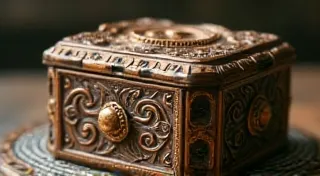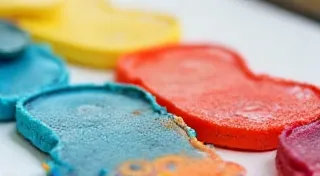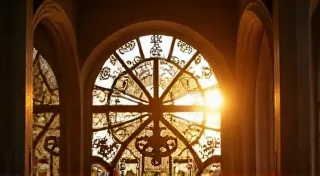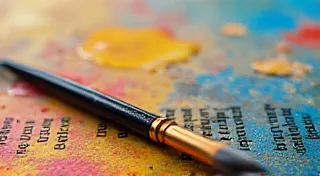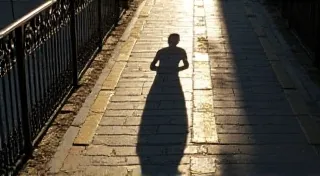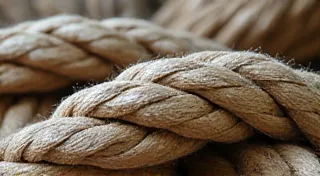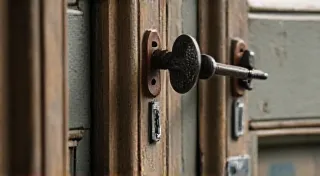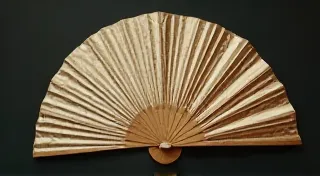Welcome to the Vintage Sewing Pattern Archive
Step back in time and immerse yourself in the captivating world of vintage sewing patterns! This archive is a celebration of retro fashion and the artistry of dressmaking, offering a curated collection of downloadable PDFs for enthusiasts and historians alike. More than just instructions, these patterns are portals to bygone eras, whispering tales of societal shifts, artistic influences, and the evolution of style.
Whether you're a seasoned seamstress looking to recreate a 1940s masterpiece, a budding designer seeking inspiration, or simply fascinated by historical fashion, you're in the right place. We're dedicated to preserving and sharing the beauty and ingenuity of these remarkable documents, providing access to a treasure trove of dressmaking knowledge that has often been lost to time.
The Art of Transformation: More Than Just Fabric and Thread
The creation of a garment from a vintage sewing pattern is a truly transformative experience. It’s a journey from humble fabric to something beautiful and expressive, a process we call The Alchemist's Hand: Transforming Humble Fabrics into Haute Couture. Think about the sheer skill involved! Early pattern companies weren't just providing instructions; they were offering a promise – a promise of style, of elegance, of belonging. Understanding this broader context is key to appreciating the true value of these historical documents.
Consider the meticulous craftsmanship required. Early seamstresses and dressmakers were often highly skilled artisans, relying on a combination of innate talent, learned techniques, and a keen eye for detail. The development of the sewing machine, a subject explored in The Seamstress's Clockwork Heart: Industry and Inspiration in the Machine Age, revolutionized the process, but the artistry remained essential. Even the simplest pattern required careful planning, precise cutting, and a patient hand.
Navigating the Decades: A Journey Through Time
Our archive is organized to make it easy to explore different eras. Each decade holds its own unique aesthetic and tells a story about the social and political landscape of the time. The evolution of the pattern envelope alone, detailed in Paper Promises: The Evolution of Vintage Pattern Envelopes, provides incredible insight into changing tastes and advertising techniques.
The 1920s, for example, embodied a spirit of liberation and exuberance, as beautifully captured in The Whisper of Silk: Exploring the Opulence of 1920s Evening Wear. Flapper dresses, shimmering with sequins and beads, became symbols of a new era of female empowerment. Contrast this with the austerity of the 1940s, when fabric rationing led to more practical and utilitarian designs, but also fostered remarkable resourcefulness and ingenuity – a resilience explored in The Threads of Resilience: Fashion and Female Empowerment in the 1940s.
The 1950s, with its emphasis on feminine silhouettes and post-war prosperity, saw the iconic Dior "New Look" emerge, a shape meticulously deconstructed in The Geometry of Grace: Deconstructing the Dior 'New Look' Silhouette. However, even within seemingly idealized eras, there are complex narratives at play, which can be examined further. For example, The Ghostly Silhouette: Unraveling the Psychological Threads in 1950s Fashion delves into the subtle ways psychological anxieties influenced garment design.
Beyond Aesthetics: Understanding the Cultural Context
It’s crucial to approach vintage fashion with sensitivity and awareness. While these patterns offer a glimpse into the past, it's essential to acknowledge the cultural context in which they were created. Fashion has often been a site of appropriation and misrepresentation, and we must be mindful of the potential harm that can be caused by perpetuating harmful stereotypes. This important consideration is thoroughly investigated in Beyond the Silhouette: Considering Cultural Appropriation in Vintage Fashion.
The influence of art on fashion is undeniable. From the flowing lines of Art Nouveau to the bold colors of Pop Art, artists have consistently inspired designers. Our exploration of this relationship in The Silent Muse: How Artists Inspired Vintage Fashion Design reveals the fascinating dialogue between the two disciplines.
The Technical Side: Drafting and Preservation
For those interested in the technical aspects of pattern making, we offer insights into lost drafting techniques and the challenges of preserving these fragile documents. The secrets held by early patternmakers are gradually being revealed in The Patternmaker's Secret: Uncovering Lost Drafting Techniques. These early drafts were incredibly detailed and complex, but over time, many have disappeared – a great loss to the industry.
Preserving these valuable resources for future generations is a shared responsibility. Our guide, The Curator’s Eye: Sourcing and Preserving Vintage PDF Sewing Patterns, offers practical advice on how to handle, store, and digitize vintage patterns, ensuring their survival for years to come. It’s more than just about saving paper; it’s about preserving a piece of history.
Regional Variations and Artistic Details
Fashion isn's a monolithic phenomenon. Regional differences in style and dressmaking practices significantly shaped the overall landscape. The Cartographer of Cloth: Mapping Regional Variations in 1930s Dressmaking highlights the nuances of design and the materials that were more readily available in different parts of the country.
Consider the subtle language of embellishment, particularly the art of lacework. The intricate details of Edwardian fashion and the symbolic meaning woven into the designs are explored in The Language of Laces: Decoding Ornamentation in Edwardian Era Fashion. Even the smallest detail, like a strategically placed button, can tell a story.
Color and Silhouette: The Building Blocks of Style
Color theory played a pivotal role in vintage garment design, influencing the mood and impact of each creation. The Poet’s Palette: Color Theory in Vintage Garment Design delves into the principles that guided these artistic choices, revealing the deliberate and meaningful selection of hues.
The 'New Look’ of the 1950s wasn’t just about a shape; it was a careful construction of proportions and lines, designed to evoke a specific feeling of elegance and sophistication. The understanding of silhouette in the Belle Époque, a period defined by ornate details and graceful lines, is revealed in The Silhouette's Shadow: Understanding Pattern Drafting in the Belle Époque.
Fasteners, Fabrics, and the Evolution of Style
Even seemingly mundane elements like buttons can provide valuable clues about the history of fashion. The Echo of Buttons: Tracing a History Through Fasteners examines how these small details reflect changing tastes and technological advancements.
The beauty and allure of bias-cut evening gowns, a hallmark of the 1930s and 1940s, are fleeting, captured in Ephemeral Bloom: The Fading Romance of Bias-Cut Evening Gowns. The draping and flow of these garments required exceptional skill, and their fragility highlights the ephemeral nature of fashion trends.
Join Our Community
We invite you to explore our archive and share your own discoveries. Whether you’re a seasoned seamstress, a budding designer, or simply a lover of vintage fashion, we hope you find inspiration and knowledge within these pages. Our collection continues to grow, and we are committed to preserving the legacy of vintage sewing patterns for generations to come. Explore the history, learn new techniques, and connect with a community passionate about the art of dressmaking!
Don't forget to check back regularly for new additions and exciting content related to retro fashion and the world of sewing. Happy crafting!
